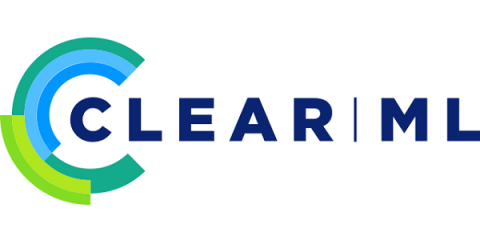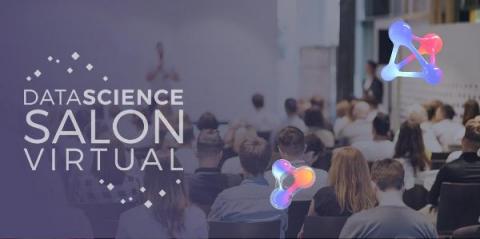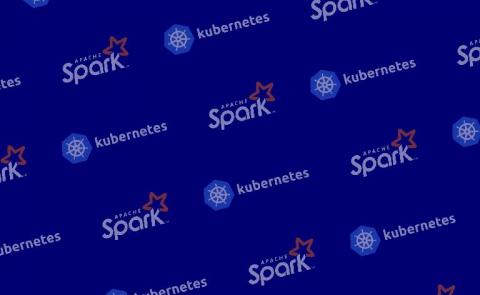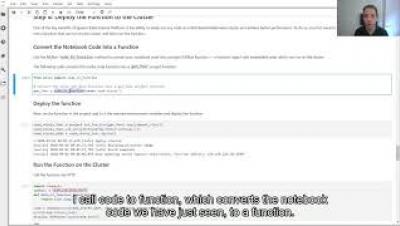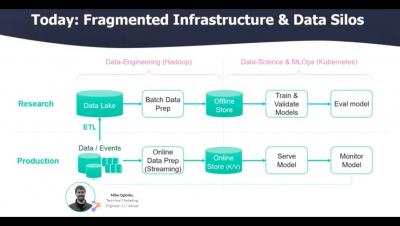5 Incredible Data Science Solutions For Real-World Problems
Data science has come a long way, and it has changed organizations across industries profoundly. In fact, over the last few years, data science has been applied not for the sake of gathering and analyzing data but to solve some of the most pertinent business problems afflicting commercial enterprises.



